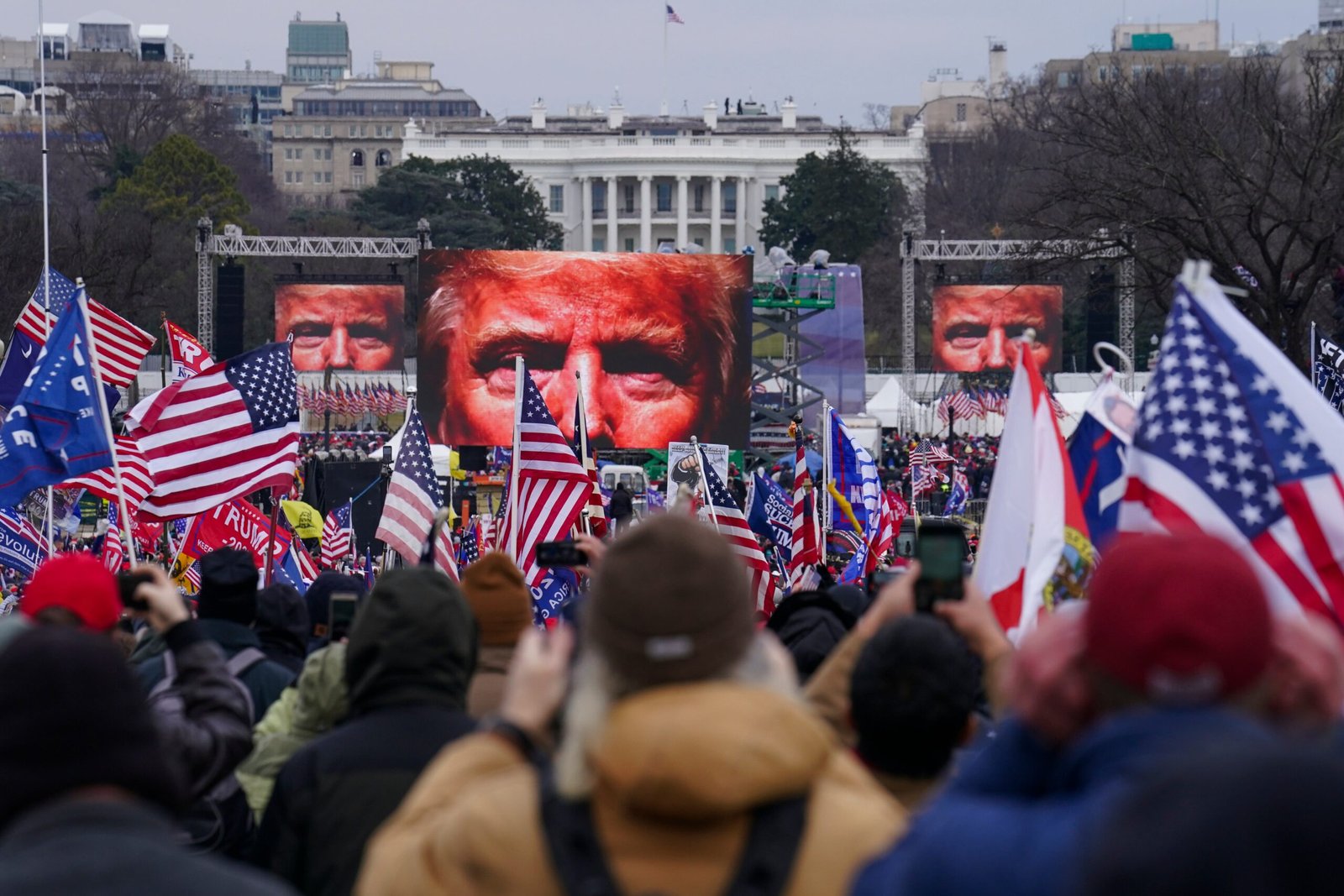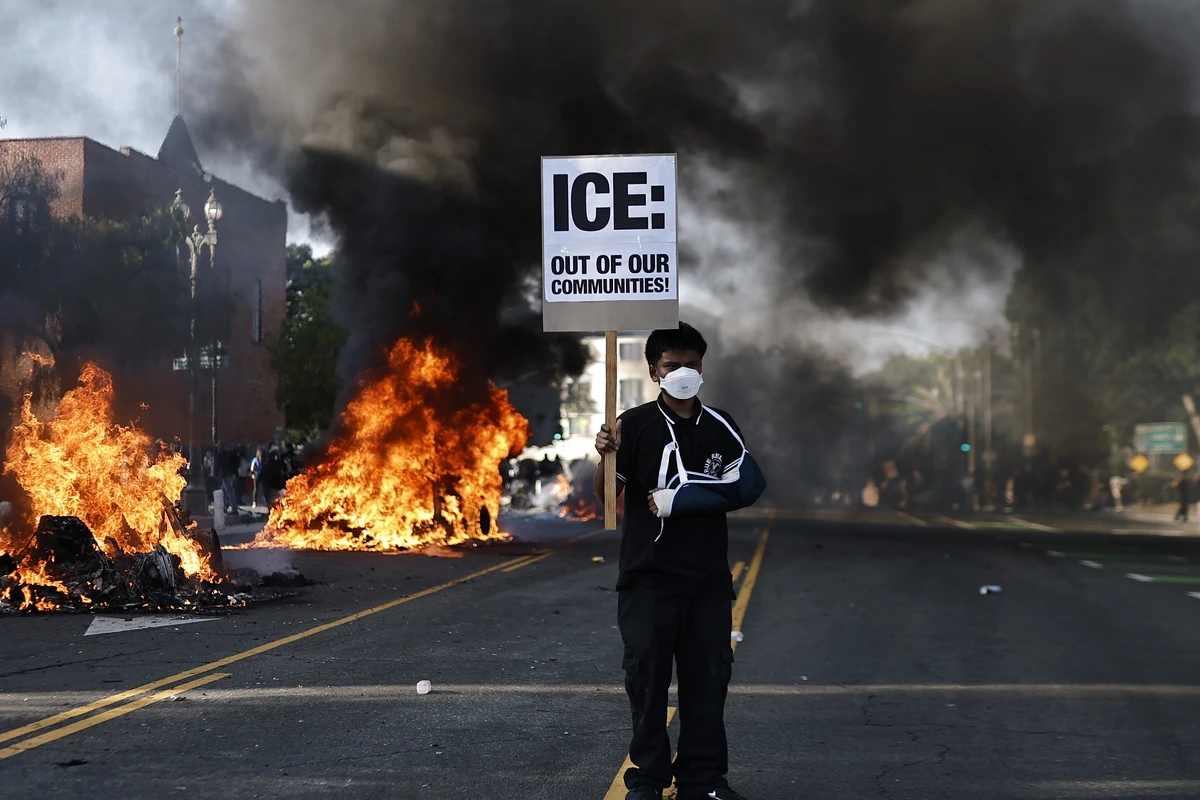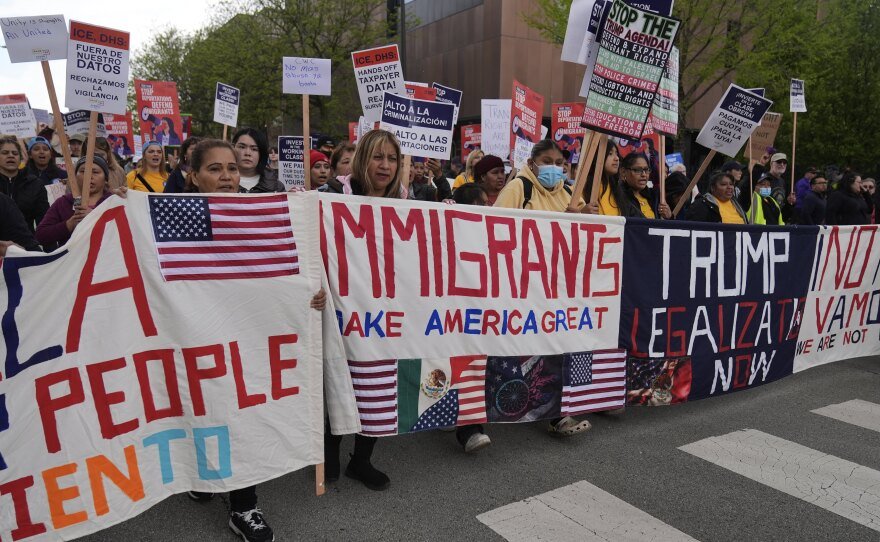
The Sky Is Orange Now: Climate Grief and the Burning of the Californian Contract
“I used to tell my daughter the orange sky meant the sunset was coming. Now she knows better.” — Malik T., displaced resident, Redding, CA

Prologue: A Color That Stays in the Lungs
In August 2025, the air in Northern California turns orange again.
Not for a sunset. Not for art. But because fire season never ended.
From Mendocino to the edge of Sacramento, entire towns move not because of jobs, but because of unlivability. Insurance is no longer offered. Water is rationed. Schools are closed not for snow days, but smoke days.
And in the midst of this, the country still debates whether climate change is real — while Californians wonder if the state itself can survive another summer.
I. The Temperature of Inequality
Climate disaster doesn’t just melt glaciers. It melts social contracts.
In 2025:
- The average low-income neighborhood in Los Angeles experiences 7°F higher average temperatures than wealthier areas.
- 43% of households in Bakersfield report that they cannot afford air conditioning use during peak heat.
- Thousands of outdoor workers labor without legal protection from wildfire smoke, despite state laws.
The climate crisis does not affect everyone equally. It has become the new face of economic segregation.
To be rich in California is to breathe filtered air, evacuate in Teslas, and rebuild with premium materials.
To be poor is to suffocate in silence.
II. Water Wars in the Age of Greenwashing
By July 2025, Lake Shasta is at 19% capacity.
Agricultural interests are lobbying for more groundwater pumping.
Urban planners are proposing “adaptive desalination zones.”
Meanwhile, in East Modesto, residents line up at dawn to fill jugs at a community tap that runs dry before 10:30 AM.
At a state policy forum in June, a developer said:
“We need bold, scalable water solutions.”
And outside, a 9-year-old held a sign that read:
“I just want a cold drink.”
The language of climate is increasingly corporate, while its consequences are increasingly cruel.
III. Disaster Is the New Normal
In October, the Carr Fire 2.0 spreads with wind-carried embers across 60 miles in 36 hours.
Three counties are declared “climate red zones,” triggering a rare FEMA designation.
But FEMA’s funding was slashed. The response is slow. The National Guard arrives with bottled water and outdated maps.
Citizens in Chico take over a disused strip mall and turn it into a refugee shelter. No authorization. No central command. Just human reflex.
This is not exceptional. It is what climate governance looks like in America now: disaster capitalism for the rich, mutual aid for the rest.
IV. From Environmentalism to Survivalism
The green movement in California has split. On one side:
- Tech billionaires backing geoengineering patents
- Luxury “eco-communities” with their own firebreaks and microgrids
- Carbon offset packages for first-class airline clients
On the other:
- Climate refugees from Paradise, Oroville, and Ridgecrest
- Burned-out teachers living in their cars
- Activists chaining themselves to water pumps
Environmentalism is no longer about protection. It’s about who gets to survive, and who gets left behind.
V. What the Smoke Teaches Us
The smoke teaches us that the crisis is already here.
That collapse is not sudden.
That fire is not a metaphor — it is a reallocation of breathable space.
California’s 2025 is not a preview. It is a chapter already written.
The rest of America just hasn’t caught up yet.
Conclusion: The Contract Has Burned
Social contracts are not torn by votes. They are burned, slowly, in seasons that used to be predictable.
They are rewritten by heatstroke deaths and water rationing.
They are lost when families pack their lives into hatchbacks and drive south at night, hoping the next fireline doesn’t catch them.
There will be no climate solution without climate justice.
And there will be no justice without redistribution of suffering.
Until then, the sky will stay orange.
Explore the full ecological, social, and political dimensions of the Californian collapse in California on Fire, a 100-page expert investigation into how climate, inequality, and governance failures converge.


